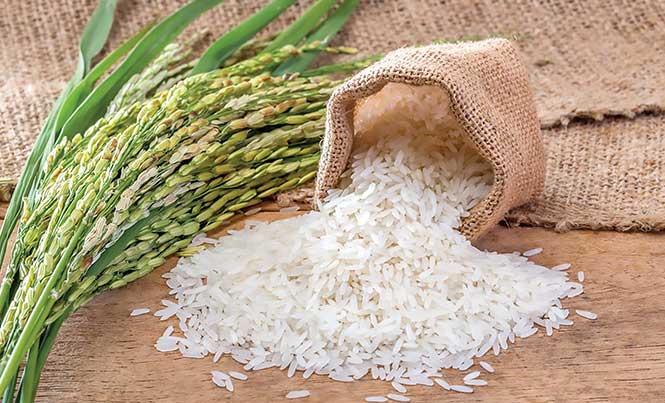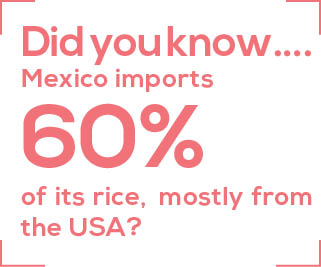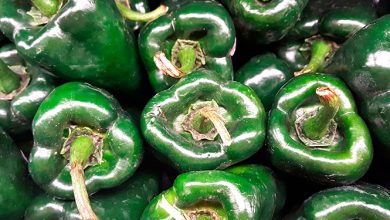The Other Gift from the Gods
Rice is an important ingredient in the everyday diet of Mexicans

Although corn was considered a gift from the gods, rice comes a close second. It has been an integral part of the Mexican diet for over 500 years, providing nutrition and essential caloric intake, but is also labor-intensive to grow. Millions of years ago, plants of the oryza (rice) family appeared as a wild grass, and its cultivation began in China almost 5,000 years ago. The warm, moist climate created an optimal growth environment, similar to Mexico’s Veracruz region, where the grain was introduced by the Spaniards in the 1500s.
 European food elements introduced by the Spanish colonial settlers fused with those of the New World to create modern Mexican cuisine, and while expensive saffron was replaced by tomatoes, the basics remained the same. With Veracruz’s proximity to the water, dishes like arroz a la tumbada combine rice with seafood. While in Michoacan, the Spaniards’ introduction of pork created the regional dish of morisqueta con chorizo.
European food elements introduced by the Spanish colonial settlers fused with those of the New World to create modern Mexican cuisine, and while expensive saffron was replaced by tomatoes, the basics remained the same. With Veracruz’s proximity to the water, dishes like arroz a la tumbada combine rice with seafood. While in Michoacan, the Spaniards’ introduction of pork created the regional dish of morisqueta con chorizo.
As we enter Mexico’s rainy season, we realize how the country’s weather patterns assist the growth of rice, often allowing for two crops annually. Despite what would seem like an abundance of this crop, Mexico still imports 60% of its rice, mostly from the USA. The imported “rough” rice is milled and then packaged here for consumption. You may have eaten rice that was added to a soup or stew for a savory caldo, or in the form of arroz con leche. It is also served as a simple side dish, or in the form of the refreshing beverage called horchata.
While Asia’s rice is commonly grown in flooded fields known as paddies, Mexico’s method of irrigation requires high efforts in pest and weed control. There is also a different approach to soil fertilization.
Whether you use a short-grain or long-grain rice, converted or instant, cooking temperature and times can vary.
So let trial and error be your guide, and remember that it is always easier to add a little more liquid than take it away.







